Latest updates
Many areas in Alberta are dealing with drought conditions, particularly in the southern part of the province. The Alberta government will continue to carefully monitor snowpack, precipitation, river levels and other key data to ensure drought conditions are well understood and all water users and Albertans have the information they need to be prepared.
Alberta is currently in stage 4 (out of 5) in its water shortage management response plan.
-
Status of water-sharing agreements (May 10, 2024)
Current status of agreements as of May 10, 2024:
- Red Deer River basin – not activated
- Bow River basin – not activated
- Oldman South Saskatchewan River basin – activated
- Southern tributaries – activated
Water-sharing agreements for the South Saskatchewan River Basin are designed to promote collaboration in real-time. Every two weeks until the end of the growing season, the water supply forecast in the 4 sub-basins where a water-sharing agreement applies will be reassessed and the agreement signatories will decide how to adjust their water use, and whether to activate the agreements.
- Learn more: Water-sharing agreements
The next decision point for water-sharing agreement signatories will be May 23. On this day, agreement signatories will decide which agreements need to be activated and how much water will be available for use by the signatories over the next two-week period. To support these decisions, Alberta Environment and Protected Areas will provide signatories with water supply data and information. This information may also be used by other water users to inform their water conservation measures.
The bi-weekly water supply data set includes near real-time stream flows (recorded), calculated daily naturalized flows and historical naturalized flows (naturalized refers to the expected flows in the absence of dams or other human interventions), stream flow forecasts (7 to 15 days), historical and short-term weather data, status of reservoirs and estimated instream objectives.
- Bi-weekly water-sharing agreement data set (May 8, 2024)
-
Advisories (May 10, 2024)
As of May 10, there are 25 water shortage advisories in place for select water management areas across Alberta.
-
Water supply outlook (May 10, 2024)
Based on monthly snowpack survey data (collected from February 1 to June 1), Alberta produces a water supply outlook that estimates the total runoff volume for 20 locations in southern and central Alberta. The water supply outlook is typically published during the second week of the month.
The May water supply outlook is a long-term river volume forecast for the period from May through September.
In general, there was very little change in the forecasts from last month, except for the Highwood basin which increased from below average to average. Highlights of the May water supply outlook are below:
- Milk River basin – Forecasts are much below average to below average. The Eastern Crossing (where the river crosses back into the United States) forecast is lower due to below average precipitation in the upper basin in April.
- Oldman River basin – Forecasts range from much below average (1 location), below average (3 locations) to average (1 location). Highest ranked is Oldman River at Brocket; lowest ranked is the St. Mary Reservoir inflow.
- Bow River basin – Forecasts range from below average (2 locations) to average (4 locations). The Highwood is now the highest ranked location; Bow River at Banff is the lowest.
- Red Deer River basin – Forecasted flow volumes are expected to be average. Dickson Dam forecast increased slightly; Red Deer River at Red Deer decreased slightly.
- North Saskatchewan River basin – Forecasted flow volumes are all below average. Lake Abraham is highest ranked of the three locations; Edmonton is the lowest ranked.
-
Snowpack (May 10, 2024)
Alberta conducts mountain snowpack surveys monthly from February 1 to June 1 (the Milk River basin is also surveyed in early January). The data is published monthly in the water supply outlook.
In addition to the monthly snowpack surveys, the Alberta River Basins web application and the Alberta Rivers app provides automated snow pillow data from 18 sites, mostly in the mountains and foothills.
May snowpack survey results
Of the 40 May snow surveys completed by government, 24 were much below average to below average and 17 were average or above average. Compared to last month, areas in the Highwood and upper Oldman River basins have improved, while areas in the southern Oldman, Milk and the North Saskatchewan River basins are slightly worse.
Oldman River basin – 6 of the 9 sites are within the normal range, but Akamina Pass and Ptarmingan Lake are more than 120 mm below the normal range.
Bow River basin – 11 of the 16 sites are within the normal range or above, and the remaining 5 sites are within 24 mm of the normal range.
Red Deer River basin – Both surveys were within the normal range or above.
North Saskatchewan River basin – 4 of the 7 sites surveyed were below average or much below average; the 3 remaining sites were above average or much above average.
Athabasca River basin snow surveys – Both surveys were within the normal range or above.
-
River levels (May 10, 2024)
Alberta’s river monitoring network includes over 450 gauges that report near real-time data via the Alberta River Basins web application and the Alberta Rivers app during the open water season. Most monitoring stations in southern Alberta are back online. Stations in the northern part of the province will come back online in stages over the next couple of weeks.
Measurements as of May 10 at 9 am
- Oldman River near Lethbridge – 31.2 m³/s, which is at the lower end of the normal range for this time of year.
- South Saskatchewan River at Medicine Hat – 116 m³/s, which is within the normal range for this time of year.
- Sheep River at Okotoks – 17.2 m³/s, which is within the normal range for this time of year.
- Bow River at Calgary – 62.3 m³/s, which is at the lower end of the normal range for this time of year.
- Red Deer River at Red Deer – 44.3 m³/s, which is within the normal range for this time of year.
- St. Mary River at the international boundary – 16.1 m³/s, which is below the normal range for this time of year.
- Waterton River near Waterton Park – 19.2 m³/s, which is below the normal range for this time of year.
-
Reservoir levels (May 10, 2024)
Water levels in some southern Alberta reservoirs owned and operated by the Alberta government are well below normal for this time of year.
Oldman Reservoir – Current storage is 42%. Normal for this time of year is between 65% and 87%.
St. Mary Reservoir - Current storage is 52%. Normal for this time of year is between 63% and 81%.
Pine Coulee Reservoir - Current storage is 40%. Normal for this time of year is between 74% and 84%.
Waterton Reservoir - Current storage is 48%. Normal for this time of year is between 61% and 74%.
Gleniffer Reservoir (Dickson Dam) - Current storage is 50%. Normal for this time of year is between 48% and 63%.
Water storage volumes in the major irrigation and hydroelectric reservoirs of the Milk, Oldman, Bow, Red Deer, North Saskatchewan, and Athabasca River basins are updated each weekday and available in the Provincial Reservoir Storage Summary.
-
Soil moisture (May 7, 2024)
Alberta Agriculture and Irrigation produces a soil moisture report periodically during the winter months, with frequency increasing during the growing season.
- Soil moisture report (May 7, 2024)
Get more right on your phone
Advisories, snowpack and river conditions, reservoir data, forecast details and more are available right on your smartphone via the Alberta Rivers app.
Download for:
Presentations and photo gallery
Drought risk and management updates
• January 2024 presentation | View PDF
Slideshow: Impacts of water shortage in southern Alberta
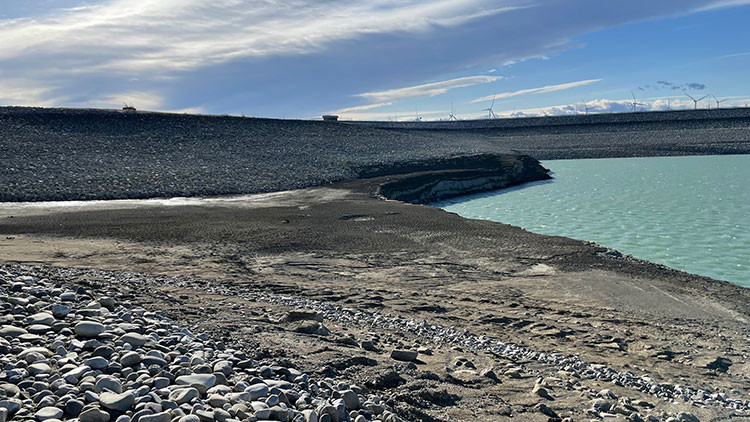
Boat launch at the Oldman Reservoir Public Recreation Area
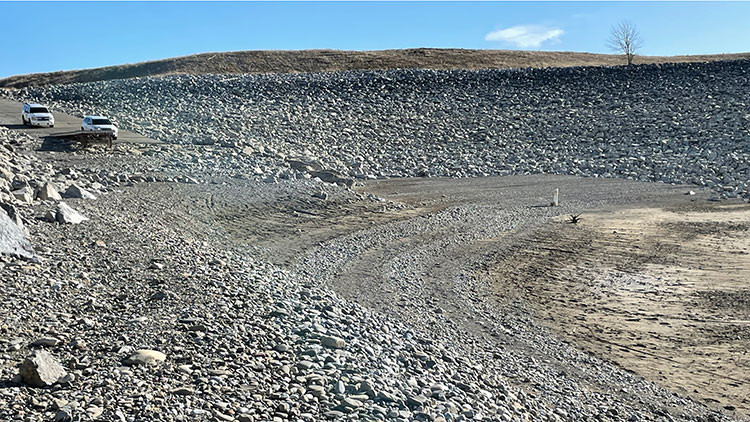
Boat launch at the Oldman Reservoir Public Recreation Area

Boat launch at the Island View day use area on the Oldman Reservoir
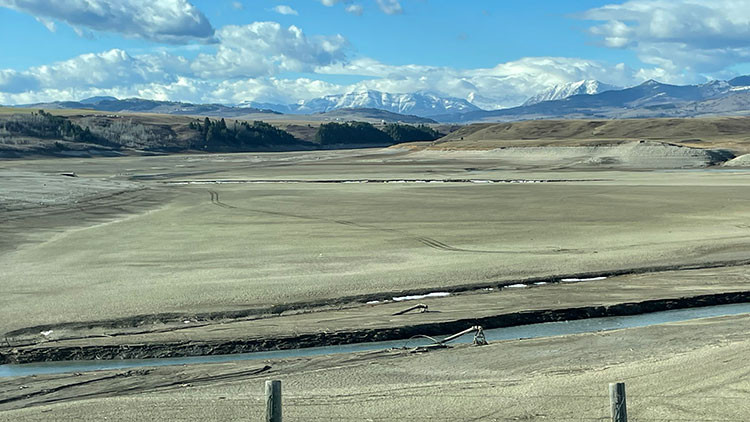
Oldman River at the west end of the Oldman Reservoir. The pipes on either side of the water are the intakes for the Cowley regional drinking water system. These intakes have been out of the water since July 2023.
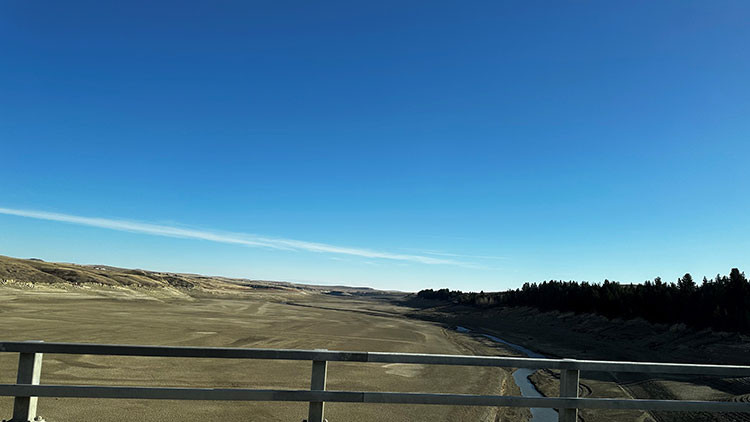
Crowsnest River at Highway 510
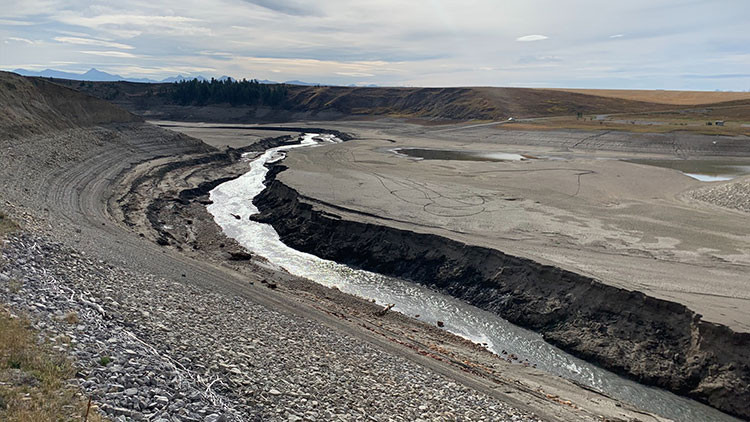
Oldman Reservoir – silt plain with the river running through it
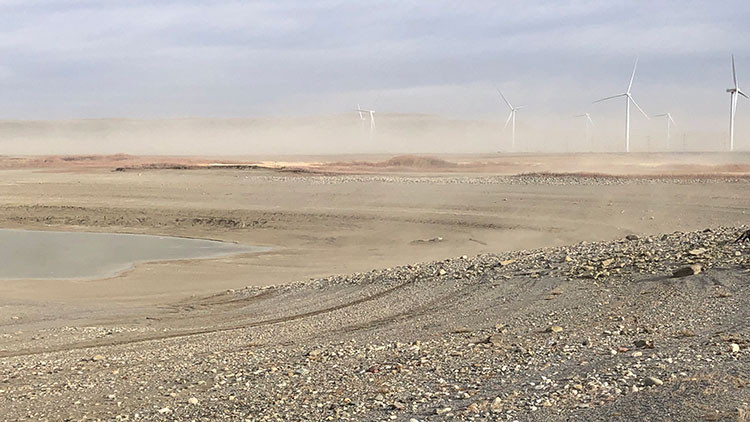
Oldman River Dam Provincial Recreation Area near Windy Point
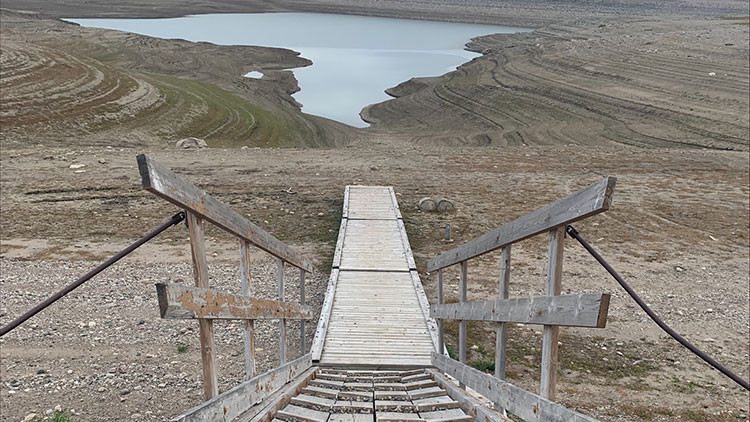
St. Mary’s Reservoir from the boat launch dock
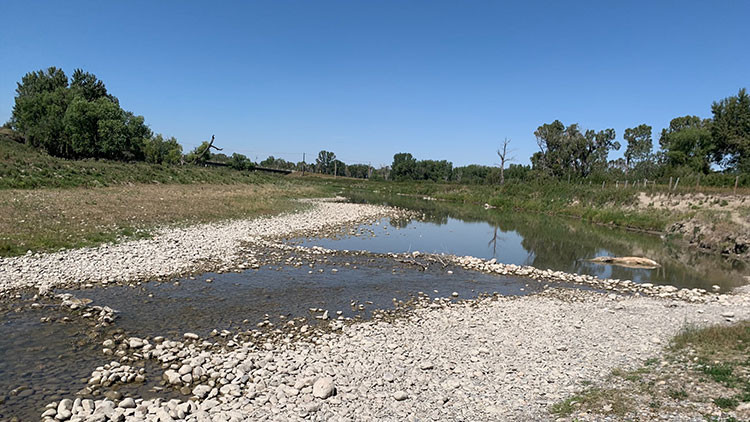
Willow Creek near Fort McLeod
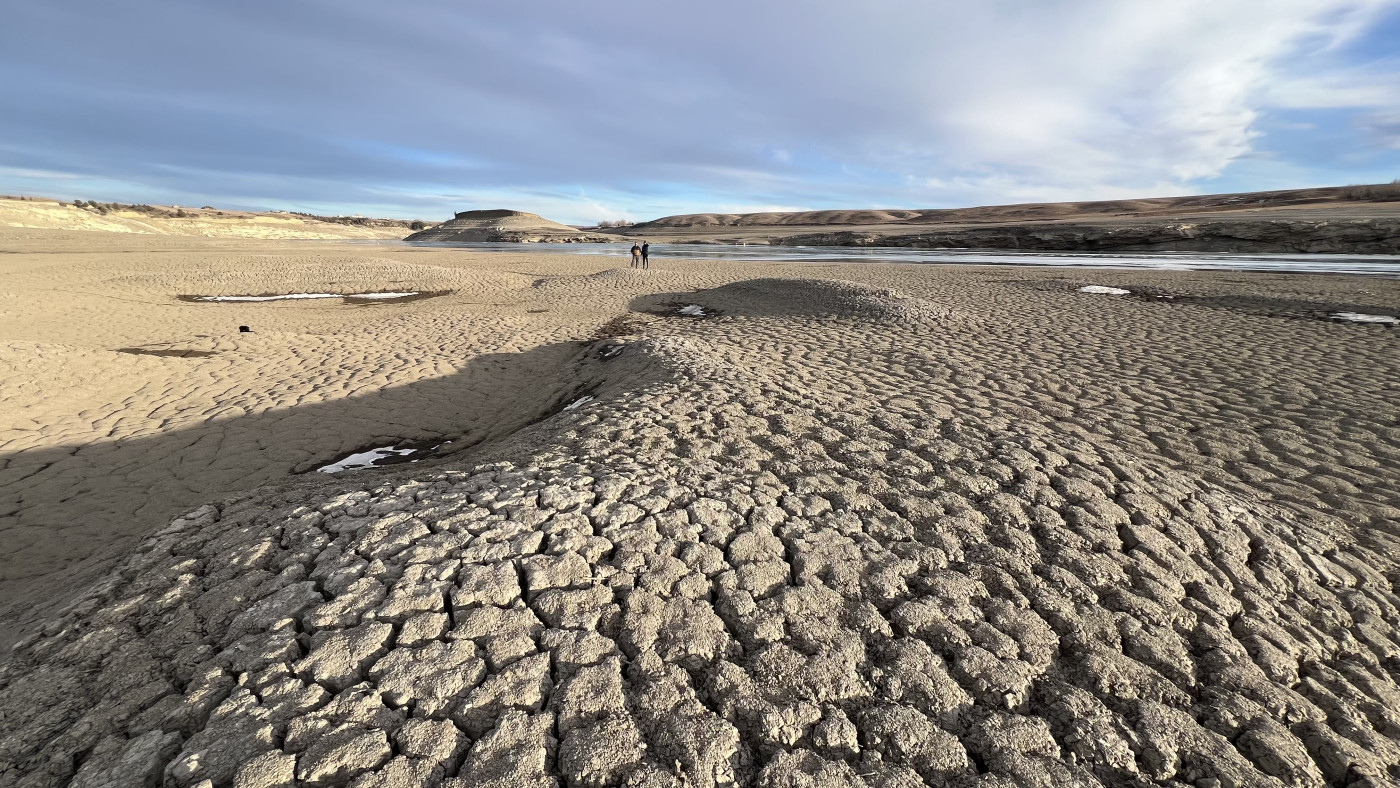
Oldman Reservoir near the Island View day use area
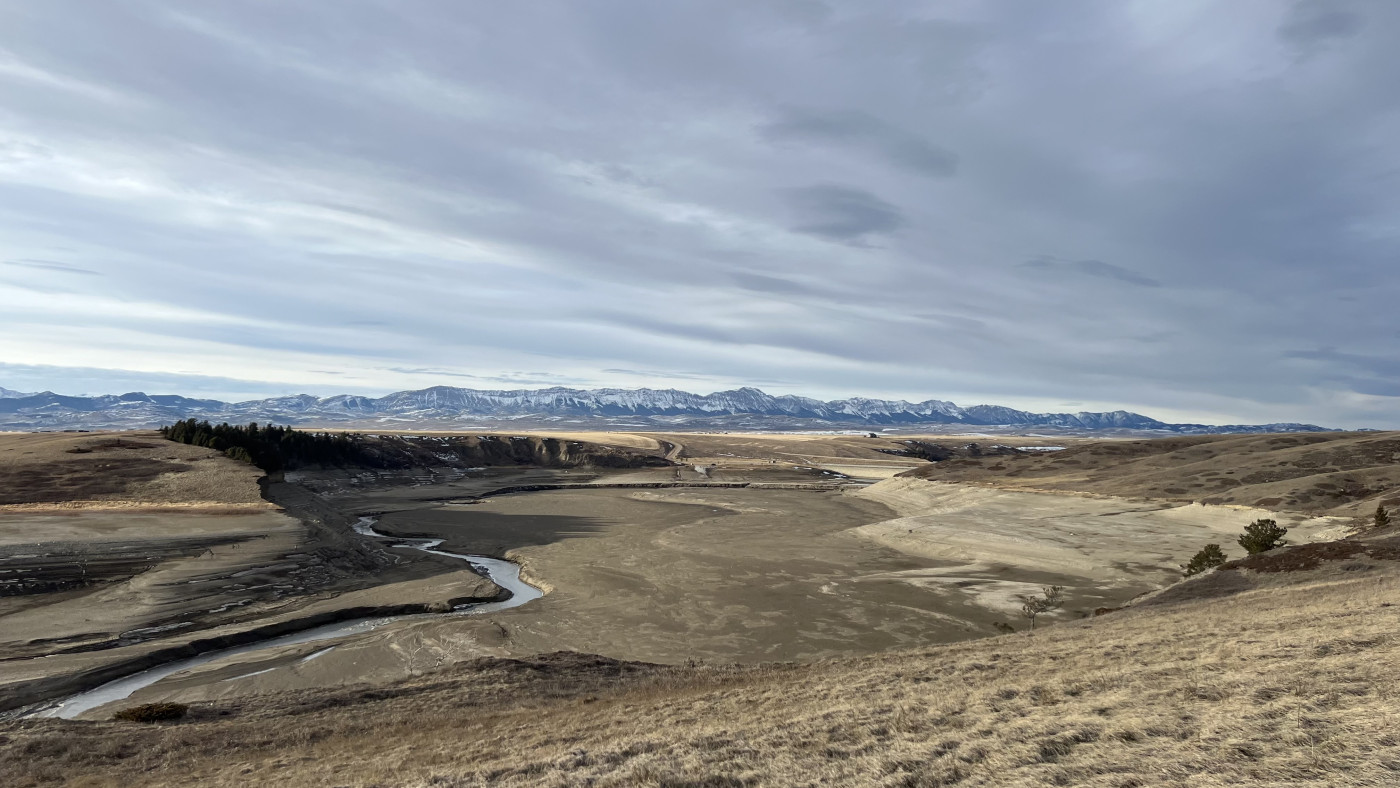
Oldman Reservoir near the Island View day use area
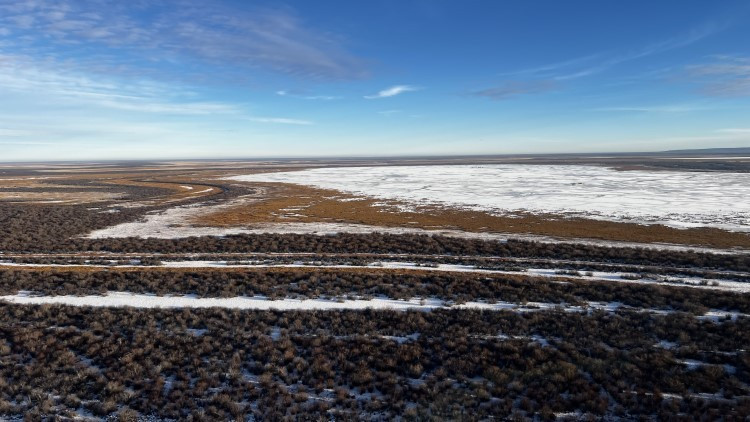
Receding water levels in Zama Lake in northwestern Alberta
Contact
Connect with Environment and Protected Areas’ Outreach Services:
Hours: 8:15 am to 4:30 pm (open Monday to Friday, closed statutory holidays)
Toll free: 310-3773 (in Alberta)
Email: [email protected]